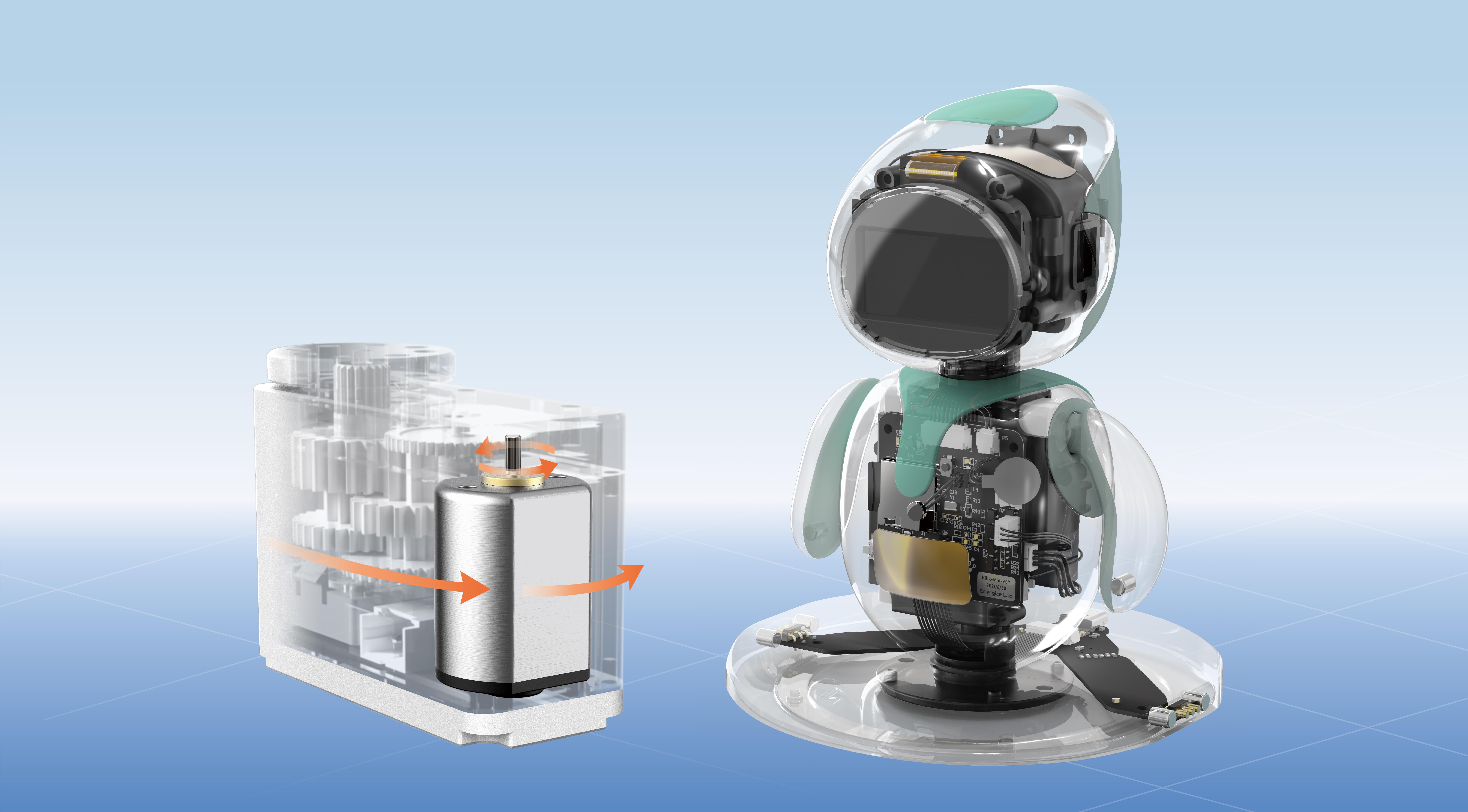Sure! Here is the first part of the soft article on "gearbox for hydraulic motor."
Imagine a world where machines hum with seamless precision, turning complex tasks into effortless operations. From heavy construction equipment to manufacturing lines, hydraulic motors are at the heart of countless industrial processes. However, their true potential is unlocked only through the intelligent design of accompanying components—most notably, the gearbox.

A gearbox for a hydraulic motor isn’t just a simple mechanical appendage; it’s the powerhouse that transforms raw hydraulic energy into controlled, usable output. Its vital role is to manage speed and torque, ensuring that the machine operates safely, efficiently, and effectively. But what makes a gearbox for hydraulic motors so uniquely vital, and how does it elevate industrial performance?
Understanding the fundamentals begins with appreciating the nature of hydraulic motors themselves. These devices convert hydraulic energy—pressure and flow—into rotational motion. They excel at delivering high torque at low speeds, making them indispensable in applications requiring substantial force and control. Yet, hydraulic motors typically produce rotational speeds that are often too high or torque that’s insufficient for the end-use machinery unless augmented by a gearbox.
Enter the gearbox: a carefully engineered set of gears designed to modify the motor’s output to match specific operational requirements. This gear reduction process is a classic example of mechanical advantage, where the gearbox adjusts the rotation speed and increases torque, enabling the hydraulic motor to perform tasks like lifting heavy loads, drilling deep into rock, or powering conveyor belts.
The key to an effective gearbox lies in its gear ratio—a measure of how much the input speed is reduced and torque increased. For hydraulic motors, selecting the proper gear ratio is crucial for optimizing performance. A higher gear ratio means more torque but lower speed; a lower ratio offers higher speed but less torque. This delicate balance must be carefully matched to the application's demands.
Designing a gearbox for hydraulic motors involves addressing several factors. First, durability is paramount. These gearboxes often operate under harsh conditions—exposure to dust, moisture, extreme temperatures, and constant mechanical stress. Materials like high-grade steel and specialized alloys are used to ensure longevity, while advanced lubrication systems reduce wear and friction.
Another critical aspect is compactness. Many industrial settings demand space-efficient solutions without sacrificing power. Engineers often turn to helical gears, planetary gear systems, or spiral bevel gears to achieve a compact design with high efficiency. Helical gears, for example, are popular because their smooth, quiet operation reduces noise pollution and extends component life.
Efficiency isn’t just about energy conservation; it’s also about minimizing power loss within the system. A well-designed gearbox reduces backlash, minimizes heat generation, and ensures smooth engagement of gears—all of which contribute to higher overall efficiency. This efficiency translates into lower operational costs and longer maintenance intervals.
The integration of modern technology has driven significant advancements in gearbox design for hydraulic motors. Electronic controls, sensors, and automation now facilitate real-time adjustments to gear ratios and operational parameters. This adaptability enhances precision, reduces downtime, and provides insights into system health, allowing for predictive maintenance and extending gearsets' lifespan.
Applications of hydraulic motor gearboxes span diverse fields. In construction, they power excavators and cranes, enabling heavy lifting and precise positioning. In agriculture, they drive machinery like harvesters and plows with reliability and efficiency. Oil and gas industries depend on robust gearboxes to facilitate drilling operations. Marine vessels employ hydraulic motors with gearboxes to control steering, propulsion, and other vital functions. Even renewable energy sectors utilize these systems in wind turbines and hydroelectric plants, where efficiency and durability are non-negotiable.
Despite the many advantages, selecting the right gearbox for a hydraulic motor can be challenging. Variables such as load capacity, environmental conditions, maintenance accessibility, and operational speed all influence the choice. It’s a delicate puzzle that requires expertise, imaginative engineering, and often custom solutions tailored to specific applications.
In recent years, sustainability has become a key focus. Manufacturers are now developing gearboxes with greener lubricants, energy-saving features, and materials that reduce environmental impact. The push for lighter, more durable, and maintenance-friendly gearboxes continues to accelerate, opening new avenues for innovation and application.
As industries evolve and demand smarter, more efficient machinery, gearboxes for hydraulic motors will remain at the forefront of technological development. Their ability to adapt, thrive under extreme conditions, and deliver precise power transmission makes them indispensable components in modern mechanical systems. The future holds exciting potential with breakthroughs in material science, digital integration, and energy efficiency, promising even more robust, reliable, and sustainable gearboxes.
Established in 2005, Kpower has been dedicated to a professional compact motion unit manufacturer, headquartered in Dongguan, Guangdong Province, China.




































